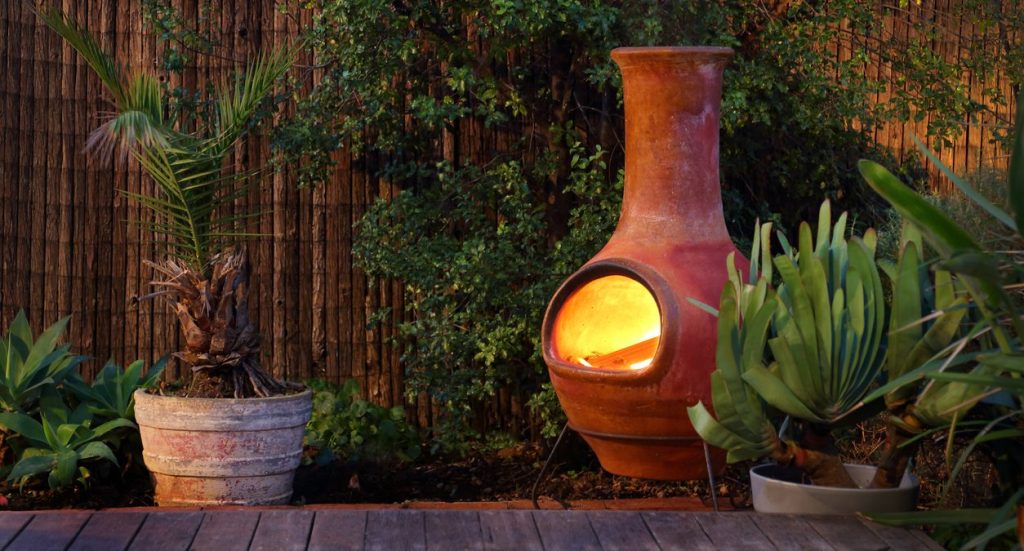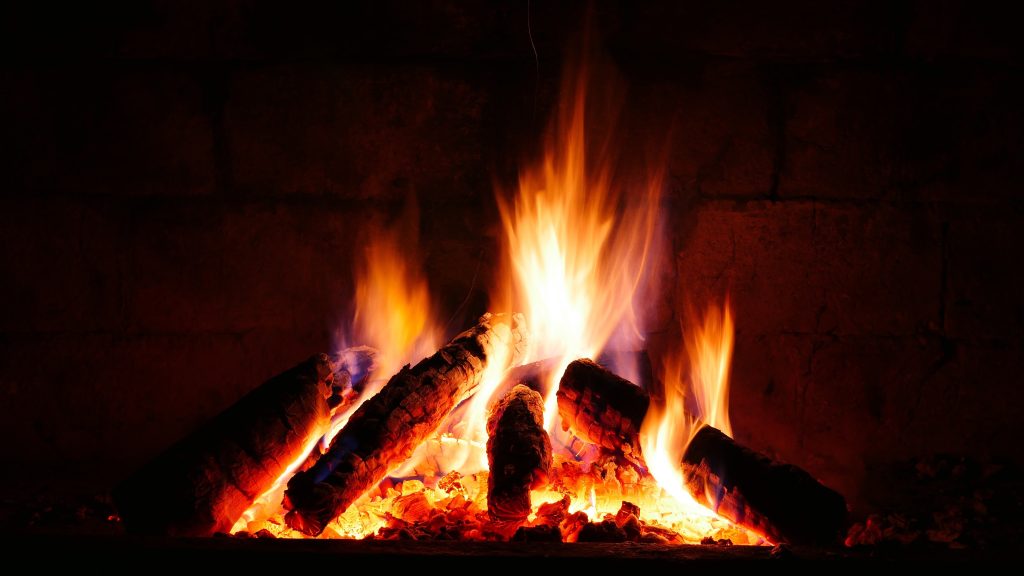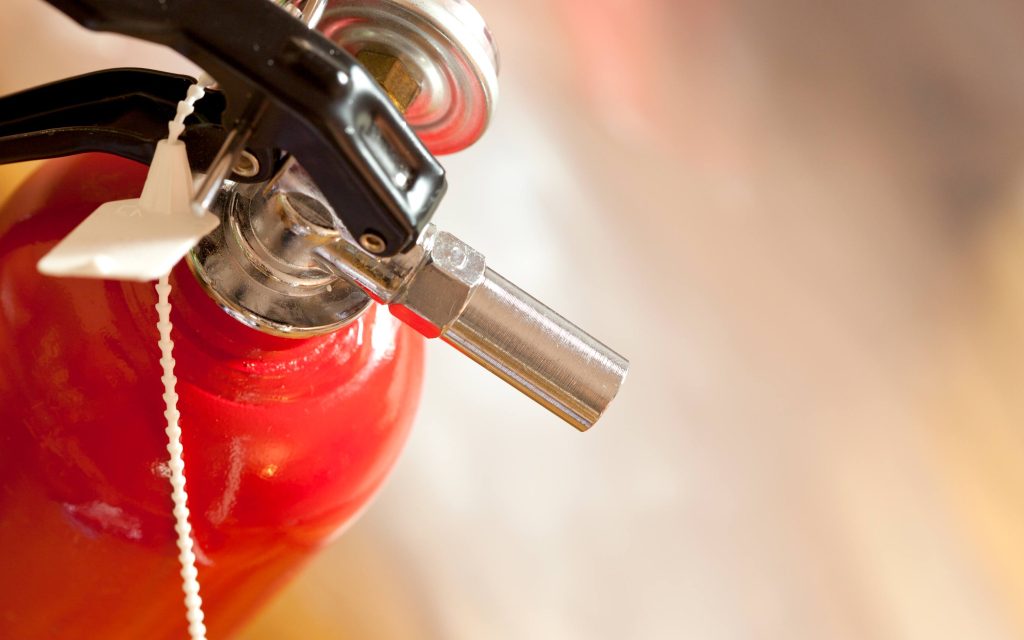Roundup: Fire Safety
As the temperature dips, we lean on space heaters, electric blankets, and fire pits to stay warm, but don’t let that coziness come at the cost of your safety. According to the Texas Department of Insurance, there were 23,238 building fires across Texas in 2024. Use this roundup to identify the fire hazards in and around your home and fix them fast.

Tame Backyard Fire Hazards
Tending a fire in the backyard is fun, but keep those sparks where they belong.
Host a Safe Bonfire
Bonfire gatherings are perfect for ghost stories, s’mores, and acoustic jam sessions with friends under the stars. To keep the fire roaring but under control, placement and timing are key. Choose a clear, level spot far from dry vegetation and structures, don’t light fires on windy days, and keep a hose and shovel handy. When the party’s over, douse the area with water, stir, and repeat until the ashes are completely cool.
Light Chimineas With Care
First crafted in Southern Mexico for cooking and warmth, chimineas are now largely decorative patio accents, but they need careful handling. Set yours on a level, noncombustible stand, burn only seasoned wood (no gasoline or lighter fluid), and let it cool completely before you move or clean it to avoid cracks and burns.
Build a Safer Fire Pit
When the weather finally cools, a fire pit is a simple, affordable upgrade that lets you enjoy the backyard longer each day. DIY builds are straightforward, but it’s critical to do it right: Plan proper clearances, check local ordinances, and use noncombustible materials on bare soil or pavers (never on a wooden deck). Finish with a snug metal ring and a spark screen to keep embers contained.
Protect Your Home From Wildfires
The risk of wildfires in Texas goes up every year, and about 85% of wildfires occur within two miles of a community, according to Fiscal Notes. What can you do to protect your home? Create a 30-foot defensible zone with gravel, stone, and fire-resistant Texas-native plants; clean gutters; fortify your roof; and review your insurance before peak season.

Eliminate Indoor Fire Hazards
A quick walk-through and good fire safety habits can knock out most risks in minutes.
Make a Quick Pass Through the House
If reducing fire risks across your entire home is daunting, tackle fire hazards room by room. Is your bathroom exhaust fan functional? Are your combustibles stored safely in the garage? This checklist can provide you with some easy wins.
Stay Safe and Cozy
Candles, heated blankets, and other winter comforts come with risks. Heat your home safely through winter: Keep space heaters 3 feet from anything that can burn and plug them directly into wall outlets (avoid using power strips). Follow instructions for electric blankets and never leave a candle unattended.
Install Wood-Burning Systems Safely
Wood-burning fireplaces and stoves add instant ambiance to our homes, but please leave installation to a licensed professional, who will ensure they are correctly installed and have the recommended clearance. Have your fireplace swept and inspected annually and always use a mesh screen to prevent embers from escaping. Only use wood and never use lighter fluid or gasoline indoors.

Create a Family Fire Safety Plan
Fire might be a scary topic for children, but the more they know about a family fire escape plan, the more confident they’ll be in an emergency. Ensure everyone knows what smoke alarms mean, practice low-and-go exits, and pick a safe outdoor meeting spot. Lean on age-appropriate books to help fire lessons stick.
Don’t wait until an emergency to get to know your fire extinguisher. Make sure it’s the right type (an ABC model suits most kitchens), mount it within easy reach, learn the PASS method, check the gauge monthly, and replace expired units.
House fires aren’t the only hazards homeowners face in the winter. Learn how to protect your pipes from a hard freeze.



